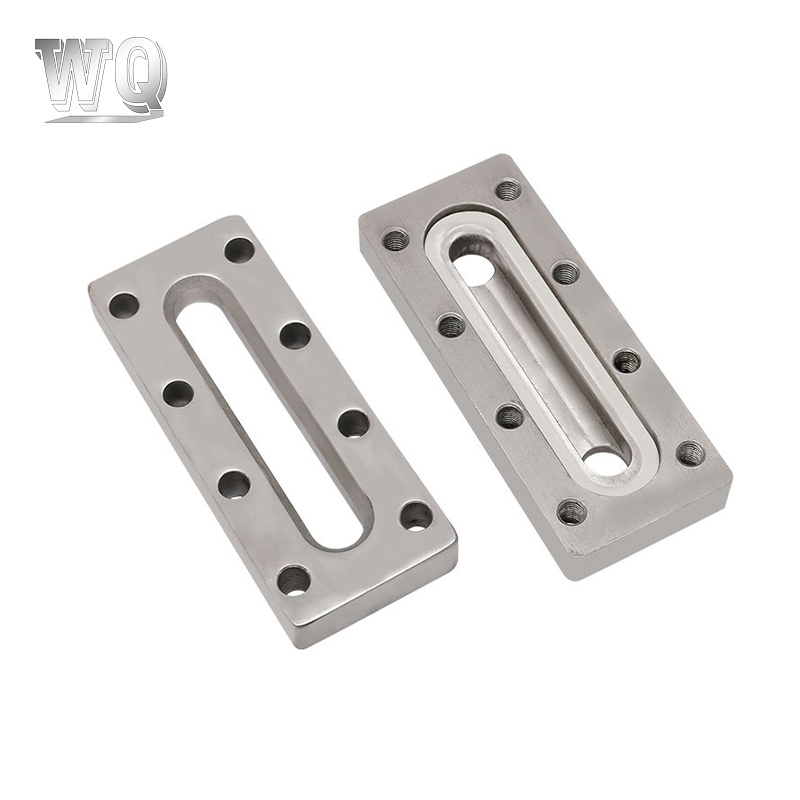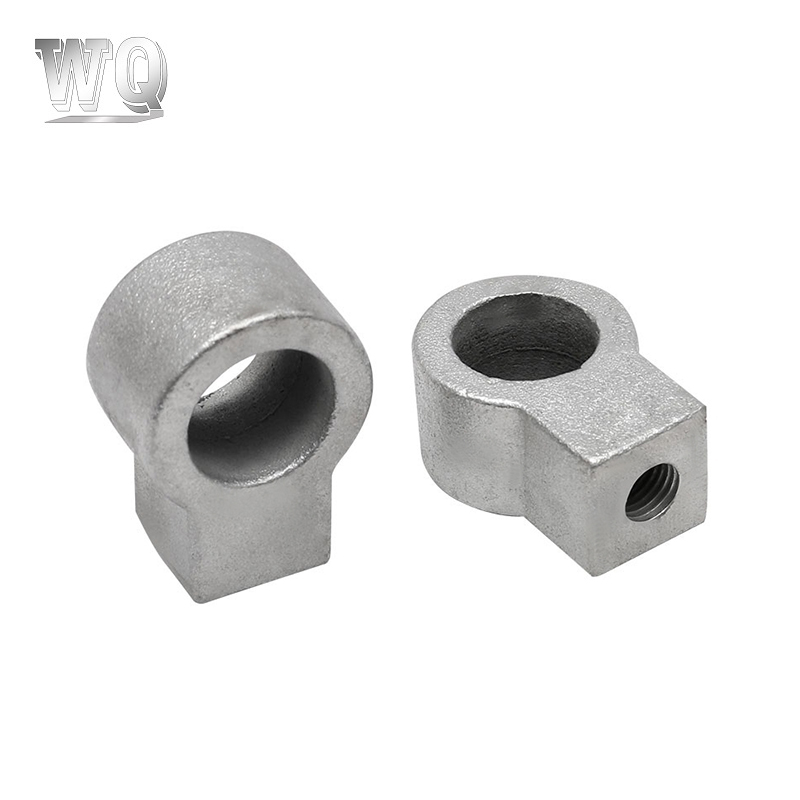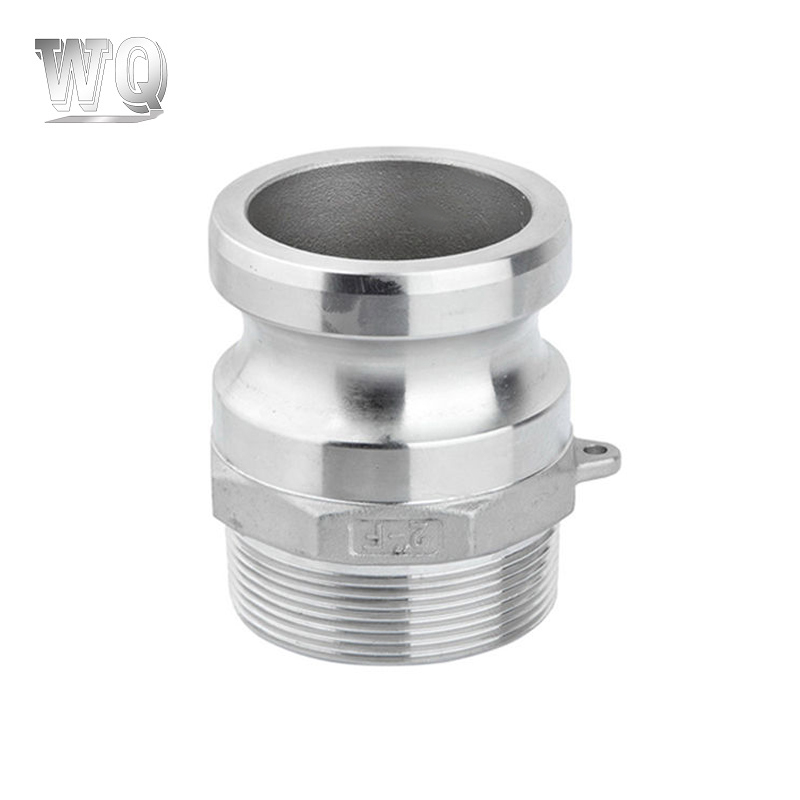The sustainability and recycling of copper casting parts offer significant environmental benefits, which make copper a highly favorable material for various industries. Here’s how copper casting performs in terms of its positive impact on the environment:
Copper is one of the few materials that can be recycled indefinitely without losing its original properties such as conductivity, strength, and corrosion resistance. This characteristic dramatically reduces the demand for virgin copper extraction, helping to conserve natural resources. Since a large portion of copper used today is recycled, the strain on copper ore mining is significantly diminished, conserving mineral resources.
In the copper casting industry, scrap from casting processes (e.g., risers, gates, and defective parts) can be easily re-melted and recast. This closed-loop recycling process minimizes material waste, reducing the need for new raw material extraction.
Producing copper casting parts from recycled copper uses 85-90% less energy compared to producing copper from ore. The mining, refining, and smelting of copper from raw ore are highly energy-intensive processes. By recycling, the significant reduction in energy use translates to a lower carbon footprint, making it far more environmentally sustainable.
Since copper recycling requires far less energy, it directly leads to a reduction in CO2 emissions and other harmful greenhouse gases. Mining operations and smelting plants are significant sources of emissions, and recycling mitigates this environmental burden.
By recycling copper casting parts at the end of their life, the amount of material that would otherwise be discarded into landfills is minimized. Copper has a very low degradation rate, and if left unrecycled, it could contribute to long-term environmental contamination. Recycling ensures that old parts are reintroduced into the production cycle, reducing waste.

Copper casting processes can generate a variety of waste materials, including sprues, risers, and defective castings. Instead of discarding this waste, it is often re-melted and recycled into new products. This efficient use of materials reduces overall waste and contributes to more sustainable production practices.
Copper mining is associated with significant environmental concerns, including habitat destruction, water pollution from mine tailings, and high energy use. By increasing the use of recycled copper, industries can reduce the environmental damage caused by copper mining. This includes less disruption to ecosystems and communities located near mining operations.Copper mining and ore processing can result in contamination of water sources through the release of toxic materials like sulfuric acid and heavy metals. Reducing reliance on mined copper helps to mitigate these environmental risks, ensuring cleaner water systems in mining regions.
Copper ore extraction requires extensive land clearing, which can lead to the destruction of ecosystems and biodiversity loss. Recycling copper reduces the need for new mining projects, allowing ecosystems to remain intact and preserving wildlife habitats.The reduction in mining activities through increased recycling prevents deforestation and the disruption of natural landscapes, protecting forests and other critical natural areas that would otherwise be impacted by mining operations.
Copper smelting produces toxic emissions like sulfur dioxide (SO₂), a contributor to acid rain. By recycling copper rather than smelting ore, the amount of harmful byproducts released into the atmosphere is minimized. This results in cleaner air and reduces the potential for environmental degradation caused by smelting operations.While copper recycling itself requires energy, it produces significantly fewer toxic byproducts than the initial extraction and refinement of copper ore. The reduced need for chemical processes and less use of raw materials also translate into less pollution overall.
Copper recycling fits within the broader framework of a circular economy, where materials are reused continuously, limiting waste and reducing the need for new raw materials. This approach ensures that the lifecycle of copper casting parts is extended, contributing to a more sustainable production cycle with fewer environmental impacts.
By relying on recycled copper, industries can avoid the environmental and ethical issues associated with certain supply chains for raw materials, such as unsustainable mining practices or resource depletion in vulnerable regions.
The environmental benefits of the sustainability and recycling of copper casting parts are extensive. They include reduced energy consumption, minimized waste, and the conservation of natural resources. By shifting from mining and refining raw copper to using recycled copper, industries can significantly lower their carbon footprint, reduce pollution, and lessen the environmental damage associated with copper production. Copper’s infinite recyclability supports a circular economy and leads to cleaner, more sustainable production methods, benefiting both the environment and future resource management.









